Political Law at Vietnam
Vietnam has a socialist republic political system with a single-party structure dominated by the Communist Party of Vietnam (CPV). The political system is deeply rooted in Marxist-Leninist ideology and follows a centralized form of governance, where the party plays a central role in all state and societal functions. The political law in Vietnam is primarily based on the Constitution of the Socialist Republic of Vietnam, which defines the framework for governance, the rights of citizens, and the roles of state institutions. Here's an overview of Vietnam's political law:
1. Constitution of Vietnam:
The Constitution of the Socialist Republic of Vietnam is the supreme law of the land. The most recent version of the Constitution was adopted in 2013, though it has been amended several times since its original adoption in 1946. The Constitution lays the foundation for the country’s political system, legal structure, and citizens' rights.
Socialist Principles: The Constitution enshrines Marxism-Leninism as the guiding ideology for the state and governance. The Constitution affirms that the Communist Party of Vietnam (CPV) is the leading force in society and politics, and that the state operates under a single-party system.
Rights and Freedoms: While Vietnam’s Constitution guarantees fundamental rights such as freedom of speech, press, assembly, and religion, in practice, these rights are often restricted by laws that limit political opposition and freedom of expression, particularly those that may be seen as threats to the CPV's control.
2. The Communist Party of Vietnam (CPV):
The CPV is the central authority in Vietnam's political system. The party is considered the vanguard of the working class and is enshrined in the Constitution as the core leadership of the state and society. The CPV’s leadership extends to all aspects of governance, including the executive, legislative, and judicial branches.
Role of the CPV: The Communist Party is the only political party allowed to exist in Vietnam. It monopolizes political power and guides the direction of the country’s laws, policies, and economic activities. The CPV's Central Committee is the highest decision-making body, and the Politburo (a smaller group within the Central Committee) is the executive leadership that directs major state policies.
General Secretary: The General Secretary of the CPV is the highest-ranking official in the country, holding significant power over both the party and the state. The General Secretary often has more influence than the President or Prime Minister.
3. Government Structure:
Vietnam’s political system is a unitary state with a highly centralized government. It consists of three main branches: the executive, the legislative, and the judicial. These branches are designed to work in line with the party’s leadership, with limited independence from the CPV.
a. Executive Branch:
President: The President is the head of state and represents Vietnam in international affairs. While the President holds some ceremonial powers, real executive power lies with the Prime Minister and the CPV. The President is elected by the National Assembly and serves a five-year term.
Prime Minister: The Prime Minister is the head of government and is responsible for managing the day-to-day affairs of the government, overseeing the implementation of policies, and directing the administration.
Council of Ministers: The Council of Ministers, or Cabinet, is led by the Prime Minister and consists of ministers who head various government ministries (e.g., Ministry of Defense, Ministry of Finance, Ministry of Foreign Affairs).
b. Legislative Branch (National Assembly):
The National Assembly of Vietnam is a unicameral legislature that holds the authority to pass laws, approve the budget, and oversee government policies. It is composed of approximately 500 members, who are elected every five years.
Election of the National Assembly: While elections take place for the National Assembly, candidates are pre-approved by the Communist Party. There is limited political competition, as the CPV determines the candidates and generally controls the electoral process.
Powers of the National Assembly: The National Assembly has the power to pass laws, ratify treaties, and confirm appointments made by the President. It also has the authority to amend the Constitution, though in practice, such amendments are often aligned with the policies of the CPV.
c. Judicial Branch:
The judicial system in Vietnam is theoretically independent but is heavily influenced by the Communist Party. The Supreme People's Court is the highest court in the country, and it supervises the administration of justice.
Legal System: Vietnam’s legal system is based on civil law traditions, particularly influenced by socialist legal principles and laws derived from Soviet legal frameworks. However, the judiciary's decisions can be shaped by party directives, and courts often serve the political interests of the CPV.
Judicial Oversight: The judiciary does not have the same level of independence as in many Western democracies. The party controls judicial appointments and exercises influence over legal rulings in politically sensitive cases.
4. Political Parties and Elections:
Vietnam operates under a single-party system. The Communist Party of Vietnam is the only party allowed to participate in political life. Political opposition is not permitted, and dissent against the CPV is tightly controlled.
Elections: Elections in Vietnam are held for the National Assembly and local government bodies. However, political parties outside the CPV are not allowed to compete, and candidates must be approved by the CPV.
Candidate Selection: Candidates for the National Assembly are vetted by local authorities and the Communist Party before they can be elected. This limits the range of political perspectives in the legislature.
5. Civil Rights and Freedoms:
The Vietnamese Constitution guarantees a variety of civil rights and freedoms, but these rights are limited by laws and policies that restrict political expression, association, and assembly, especially when it comes to actions that challenge the authority of the CPV.
Freedom of Speech and Press: While the Constitution guarantees freedom of speech, in practice, the government restricts freedom of expression, particularly in areas that could be seen as critical of the Communist Party or the government.
Freedom of Assembly: Public demonstrations or gatherings that challenge the party’s authority are often suppressed, and human rights organizations regularly highlight the limitations on civil liberties in Vietnam.
Censorship and Media Control: The media is heavily regulated, with the government controlling all major news outlets and censoring content that is deemed politically sensitive or contrary to the CPV's policies.
6. Vietnamese Legal System:
Vietnam’s legal system is shaped by its political context. The legal framework is designed to align with socialist principles, with an emphasis on maintaining social order and the authority of the Communist Party. Laws are passed by the National Assembly and enforced by various ministries and state bodies.
Criminal Law: The criminal law system is codified, and the Communist Party often plays a significant role in determining the direction of criminal justice policy.
Civil Law: The civil law system in Vietnam is governed by codes related to family law, property law, and commercial law. However, the application of these laws is subject to party policies.
Human Rights: Vietnam has ratified various international human rights treaties, but its domestic legal system often limits the realization of these rights, especially with regard to political freedoms and freedom of speech.
7. Foreign Policy and International Relations:
Vietnam’s foreign policy is guided by its socialist principles and its desire to maintain sovereignty while fostering economic development. The country has developed strong diplomatic and trade relations with major global powers, including the United States, China, and the European Union, while also participating in regional organizations such as the ASEAN (Association of Southeast Asian Nations).
Economic Reform and Globalization: Over the past few decades, Vietnam has moved toward a socialist-oriented market economy, which has included economic reforms and increased integration into the global economy. However, the CPV retains tight control over the political system.
Conclusion:
Vietnam’s political law system is defined by its socialist republic structure and the dominance of the Communist Party of Vietnam. The CPV is central to all aspects of governance, and the legal system is shaped by Marxist-Leninist ideology, with limited political competition and a focus on maintaining social order under the party’s leadership. While civil rights and freedoms are guaranteed by the Constitution, in practice, they are restricted in ways that maintain the party's control over political and social life.


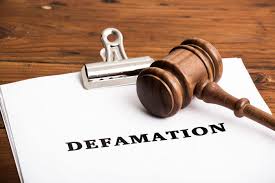



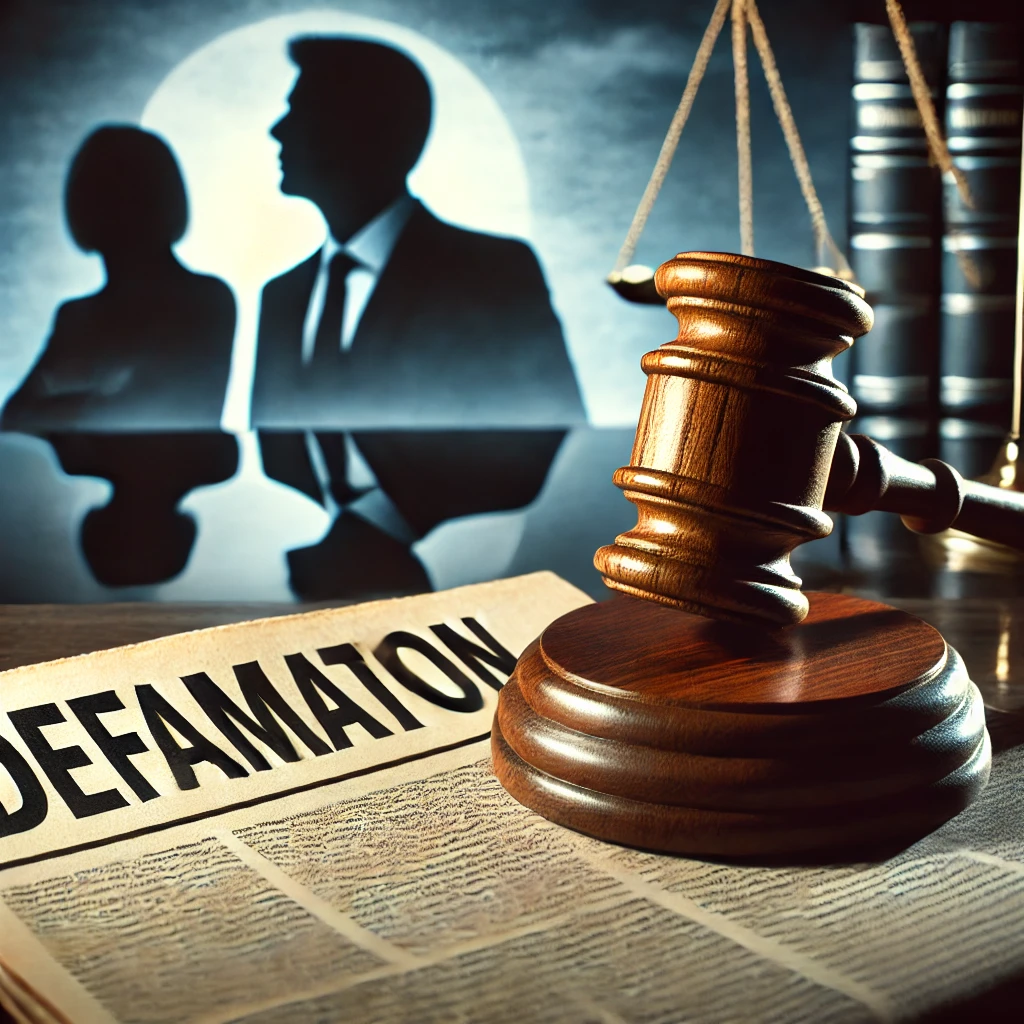
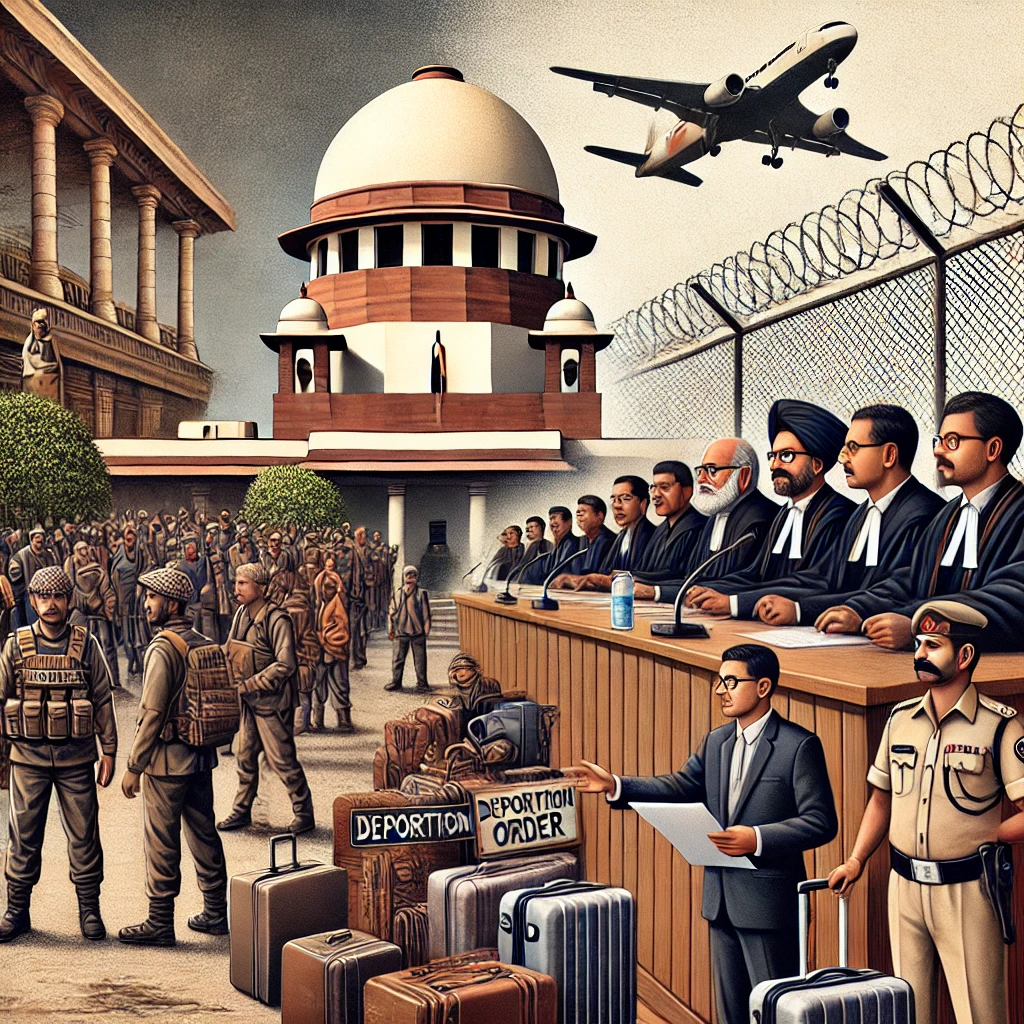









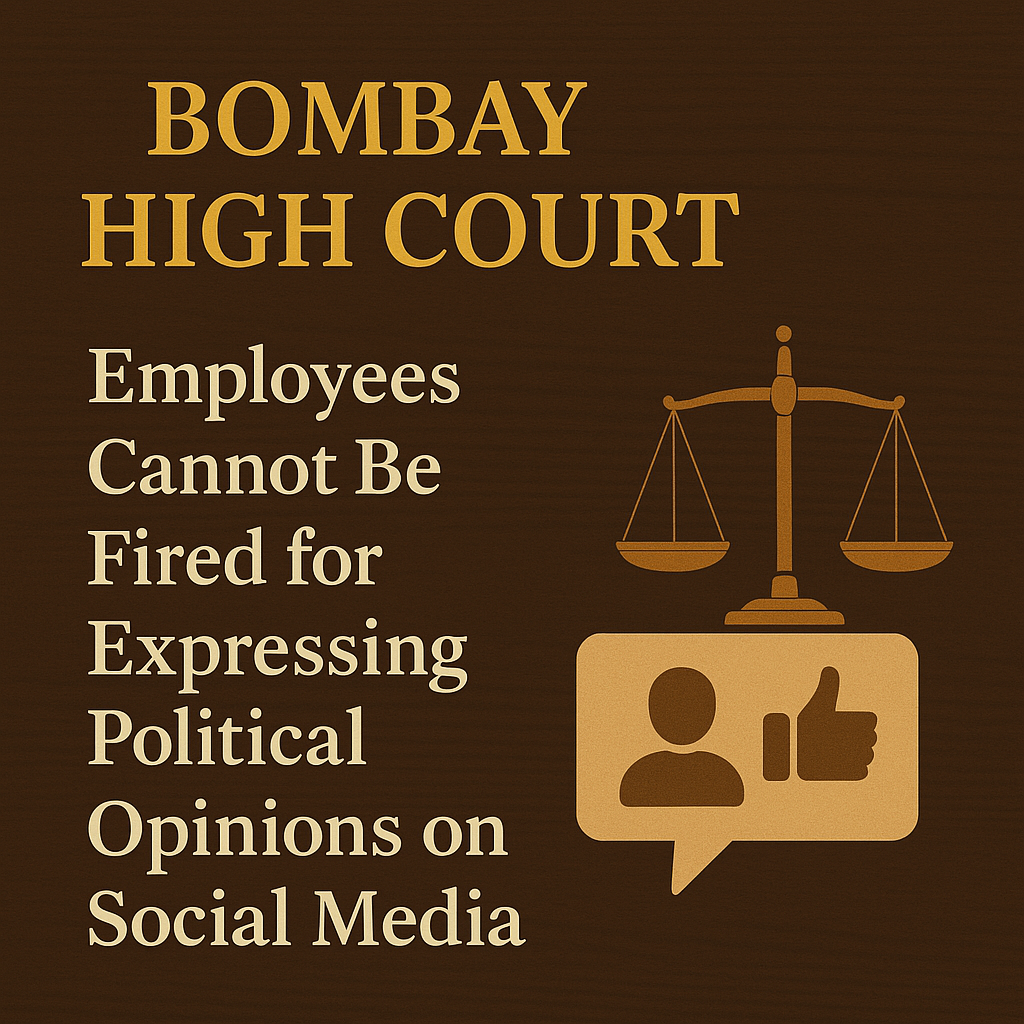



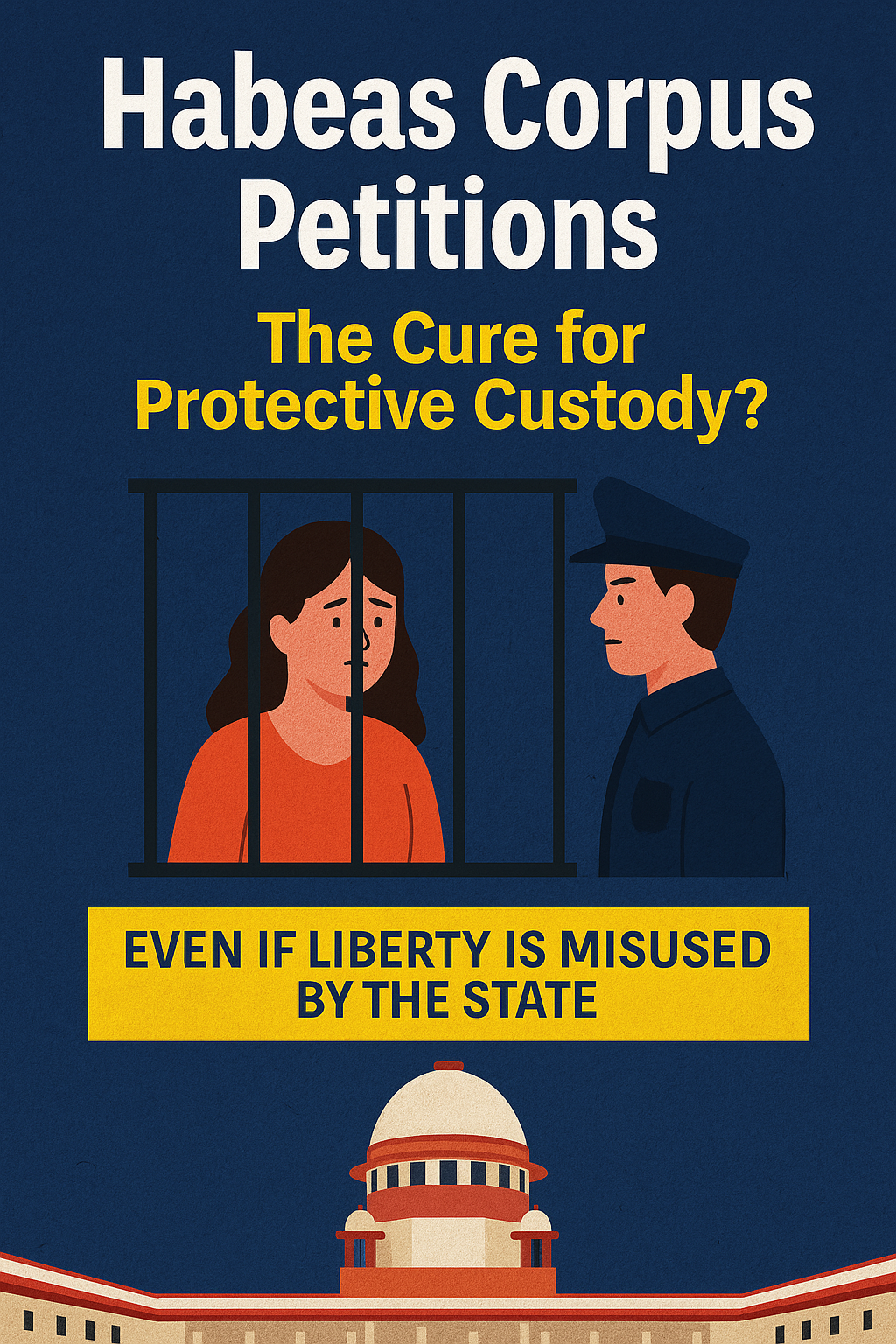
0 comments